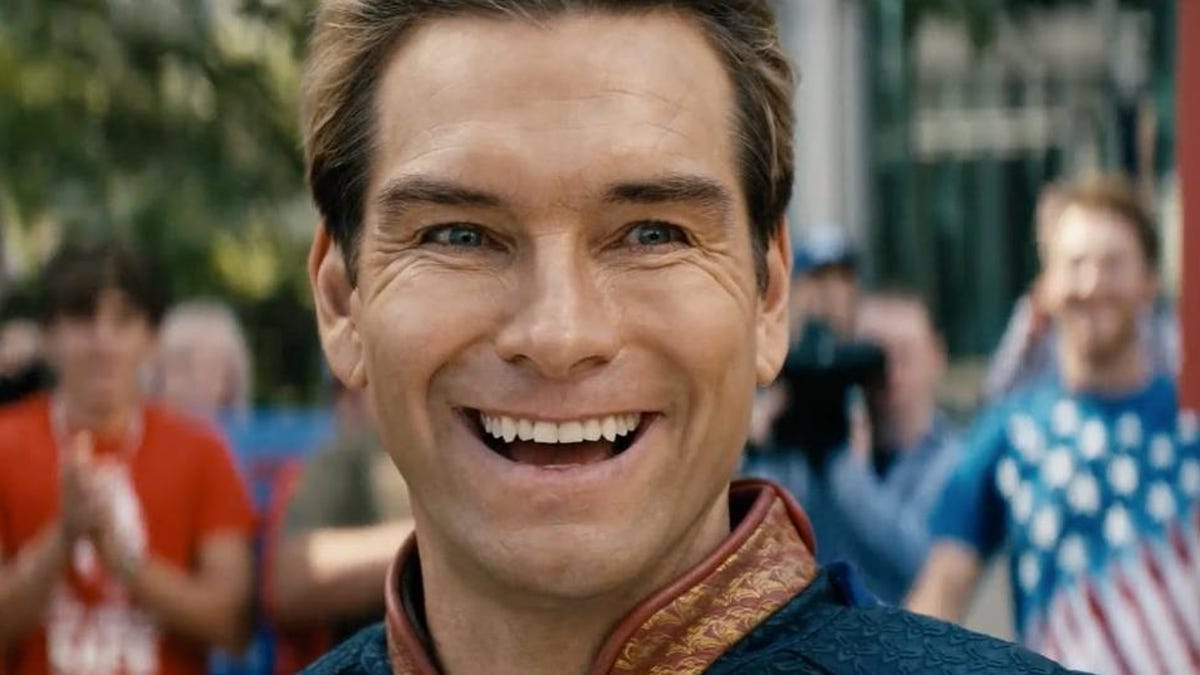âHe was just unbelievableâ: Photographer Kate Simon on her memories of Bob Marley
Exclusive: The photographer behind some of the most famous portraits of the late reggae icon remembers him on what would have been his 80th birthday

Sign up to Roisin OâConnorâs free weekly newsletter Now Hear This for the inside track on all things music
Get our Now Hear This email for free
Get our Now Hear This email for free
I would like to be emailed about offers, events and updates from The Independent. Read our privacy policy
Renowned photographer Kate Simon has reflected on some of her memories working with Bob Marley, on what would have marked his 80th birthday.
Simon enjoyed a close friendship with the reggae icon, and shot the famous picture used as the artwork for his 1978 album with The Wailers, Kaya.
Speaking to The Independent, Simon recalled spending weeks at a time on the road with the âBuffalo Soldierâ star, who died from cancer in 1981, aged 36.
âI remember everything about working with Bob,â she said. âBut I would say my strongest memories are being with him riding his bike and when he was playing soccer, or visiting him at his house on Oakley street in London.â
Kate Simon with Bob Marley during the Exodus tour, 1977 (Courtesy of Kate Simon )
Marley was âthe best performerâ she had ever seen, she said: âHe was just unbelievable. So my memories are split between those normal moments and then him as the big rock star.â
Her favourite memory, though, was visiting Marley at his home at 56 Hope Road in Kingston, Jamaica, shortly after he performed his One Love Peace concert and joined hands with political rivals Michael Manley and Edward Seaga, at a time of great unrest.
âI went to see him the day after,â Simon said, âand being with him and taking his photograph then, I saw how rewarded he felt â he felt so good that he had managed to make that happen.
âThat's my best memory of Bob because he had this Coptic cross around his neck, and he picked it up so it was focused on the camera. He really felt that there was a Jah-inspired victory for him â he had brought these two warring parties together.
âIt was really incredible. I was at that concert, and so the day after, to see him feel like he had really achieved that was a great memory.â
Enjoy unlimited access to 100 million ad-free songs and podcasts with Amazon Music
Sign up now for a 4 month free trial (3 months for non-Prime members)
Sign up
Enjoy unlimited access to 100 million ad-free songs and podcasts with Amazon Music
Sign up now for a 4 month free trial (3 months for non-Prime members)
Sign up
Bob Marley, European Exodus Tour, 1977 (Courtesy of Kaye Simon )
Simon, who has also photographed other iconic artists including Madonna, Andy Warhol, The Clash and Patti Smith, was introduced to Marley by her friend, Aninha Capaldi, backstage at his now-famous string of shows at the Lyceum Theatre in London, in 1975.
They struck up an instant rapport: âWe just clicked,â she said. âIt's impossible to articulate, but it was that feeling of already knowing someone. Iâd just seen him play for the first time, and it really made me want to shoot him more, which I continued to do for the next few years.â
Marley was born in the rural Jamaican parish of Saint Ann in 1945 before moving with his mother to the impoverished neighbourhood Trenchtown, after the death of his father.
He became a Rastafarian and began recording music in the early Sixties, achieving international success with âNo Woman, No Cryâ just over a decade after Bob Marley and The Wailers were formed.
On 3 December 1976, Marley, his wife and bandmates survived an assassination attempt that saw several men with guns raid his home on Hope Road.
Marley then moved the family to London where he spent two years in self-imposed exile and recorded Exodus, a critical and commercial success that propelled him to international fame.
Marley with a bandaged foot on his tour bus (Courtesy of Kate Simon )
He died from cancer on 11 May 1981, and his posthumously released 1984 album, Legend, became one of the biggest-selling of all time and spent 12 weeks at the top of the UK chart.
Simon said fans might be surprised to know how disciplined he was: âAfter he woke up, heâd be playing all day long â soccer or riding his bicycle â before going to soundcheck and doing a huge arena show. He was committed to exercise â he played football in his hotel room.â
âThere was nothing laissez-faire about his habits,â she continued. âHe ate healthy food, he had his own cook, Gilly, on the road with him [and] they only stayed in hotels that had their own kitchen.â
She took the now-famous cover shot for Kaya while staying at the Sheraton-Kingston hotel, hanging out by the pool with Island Records founder Chris Blackwell. â[Chris] said, âYou want to race me in the breaststroke?ââ
Kate Simonâs famous shot of Bob Marley, used for the cover of his album âKaya' (Courtesy of Kaye Simon)
Simon had been a competitive swimmer, so she accepted the challenge. Blackwell gave her a head start, but he managed to overtake her and win the race.
âI got out of the pool, and Bob was sitting right there, right by the pool, unbeknownst to me â and I saw him and went over. He was happy to see me, and I just picked up my camera â still in my bathing suit â and shot about two-and-a-half rolls of film.â
It remains one of her favourite photographs, she said, along with a shot of Marley at his Oakley Street address in London. âIt was right before he started his shows at The Rainbow in 1977, and heâs wearing this sweatshirt and looks very chill,â she recalled. âI think itâs a beautiful shot because it really reflects our friendship â itâs very casual, but still has some intimacy to it.â
Bob Marley and The Wailers playing football during a soundcheck (Courtesy of Kate Simon)
Simonâs book, Rebel Music: Bob Marley and Roots Reggae, was published in 2004 and features over 400 photographs from her archive, demonstrating the unique and remarkable access she was given to Marley. It also includes an introduction by Patti Smith, a foreword by Lenny Kravtiz and an afterword by Keith Richards.

















